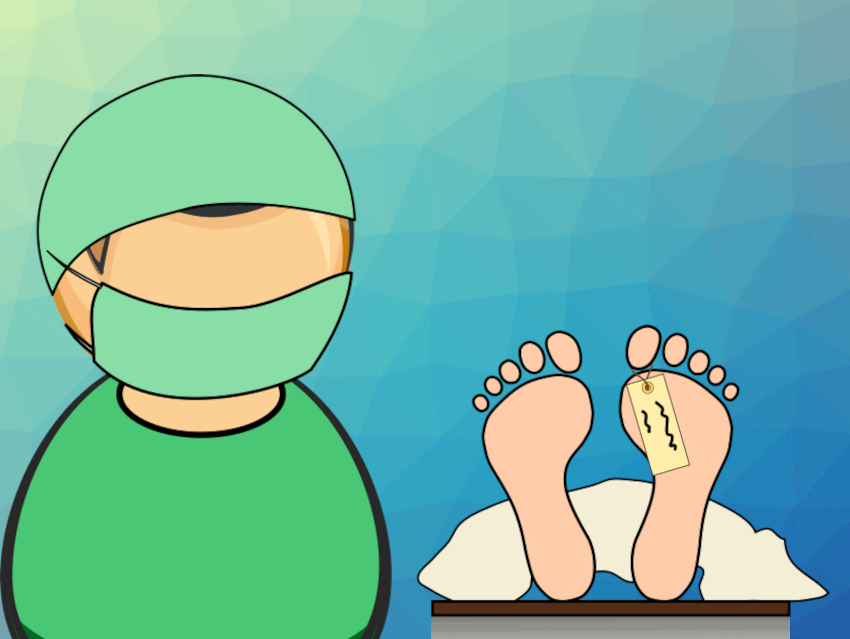Chemical structures and a short description of the drugs and medications most commonly detected at the State Institute of Forensic and Social Medicine in 2016
Drugs
1 Heroin
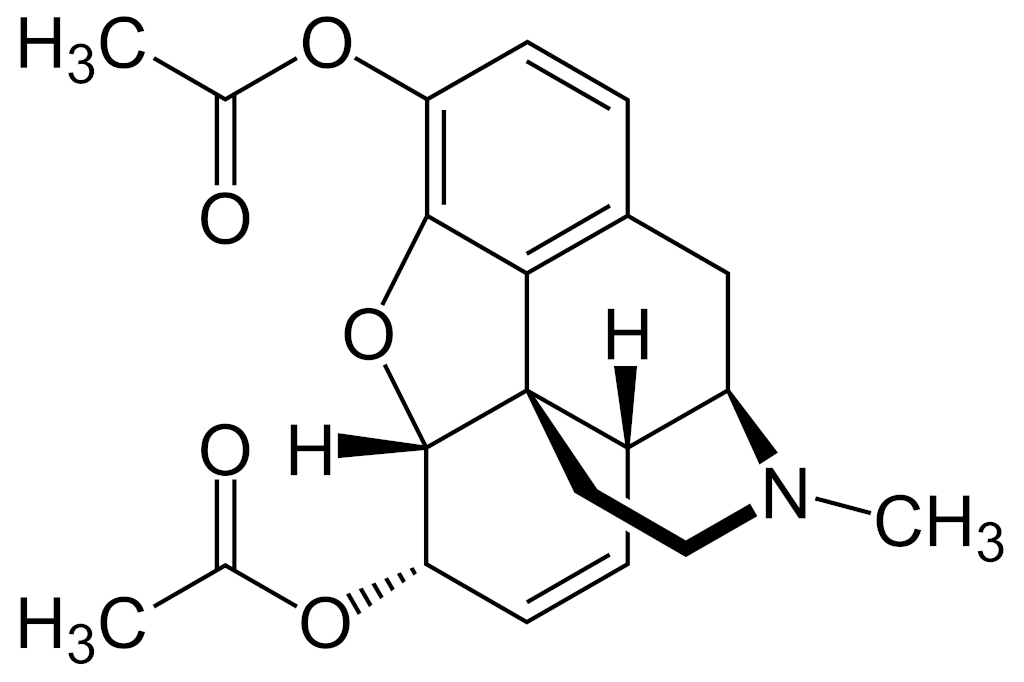
Monoacetylmorphine (6-MAM) is the primary metabolite of heroine (diacetylmorphine, pictured). Detection of monoacetylmorphine in femoral artery blood and urine proves that a dose of heroin was consumed several hours prior to death.
2 Cannabis
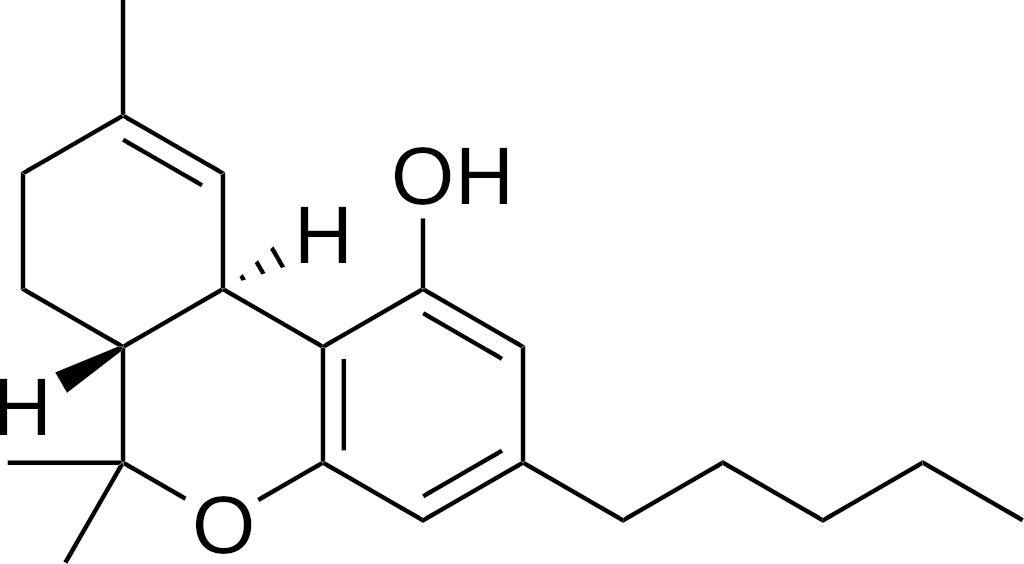
Tetrahydrocannabinol (THC) is a psychoactive substance found in the cannabis plant. It elicits feelings like calmness, happiness, and fear, among others.
3 Speed
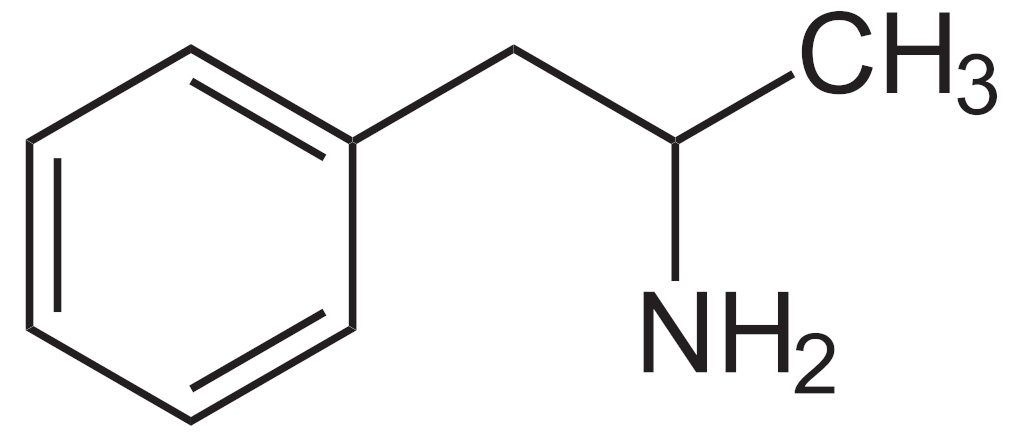
Amphetamine is a stimulant.
4 Cocaine
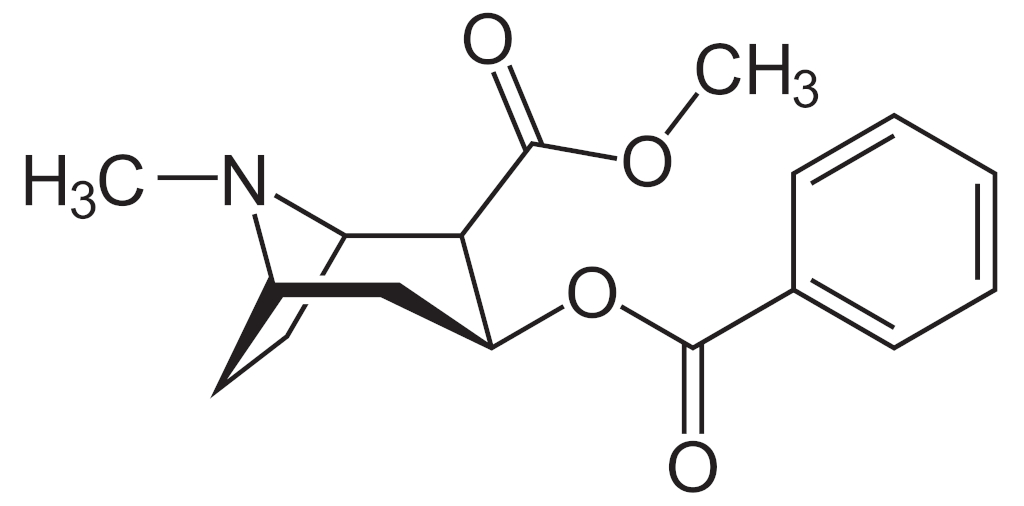
Cocaine is a stimulant and is consumed as an intoxicant. The substance induces feelings that include euphoria, increased motivation, aggressiveness, and reduced hunger.
5 Ecstasy
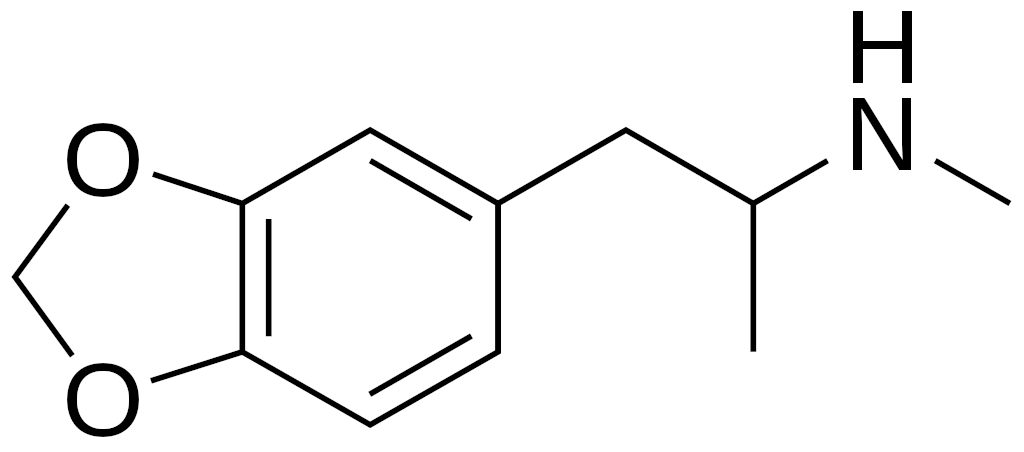
MDMA (methylenedioxymetamphetamine) is a derivative of amphetamine, has a stimulating effect, and induces euphoria.
Medications
1 Ibuprofen
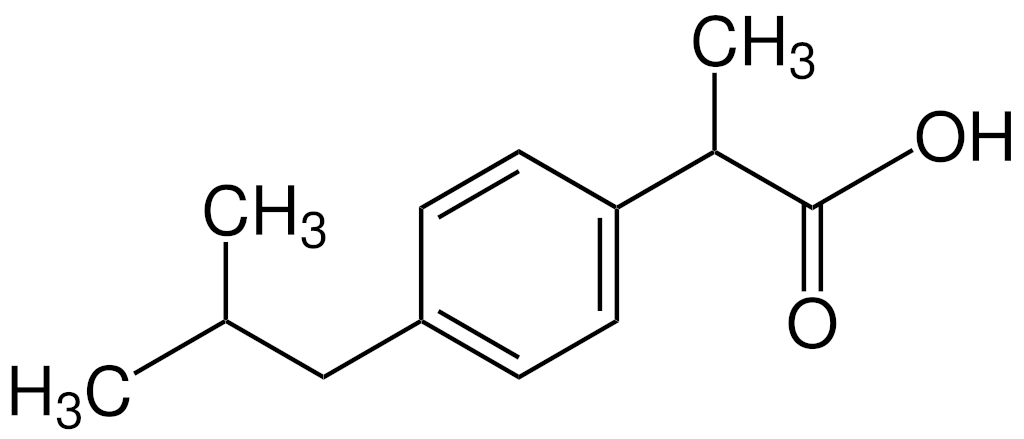
Ibuprofen is used as an analgesic and, at higher doses, as an antirheumatic.
2 Metamizole
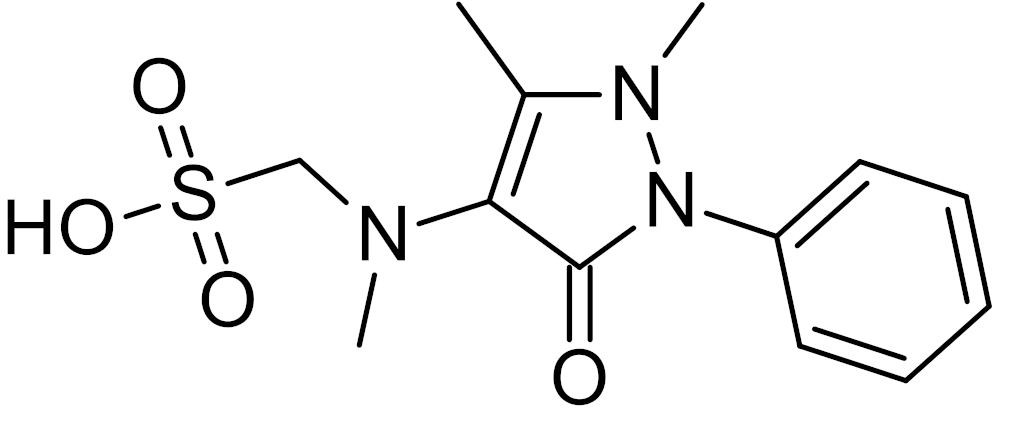
Metamizole is an analgesic and spasmolytic. It is primarily prescribed for severe pain and colic.
3 Diazepam
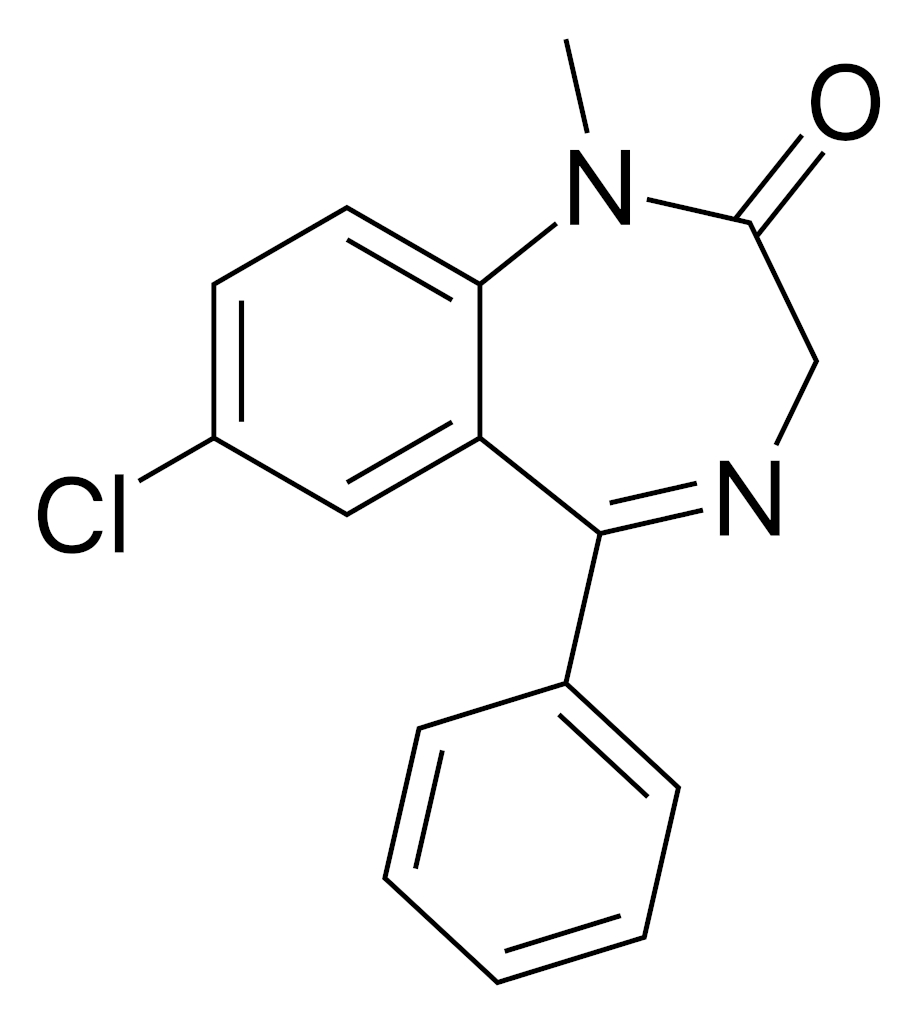
Diazepam is in the benzodiazepine family and is used for cases of acute anxiety and stress, before operations, and, in rare cases, as a sleeping pill.
4 Metoprolol

Metoprolol is in the beta blocker family and is prescribed to treat high blood pressure or coronary heart disease.
5 Lidocaine
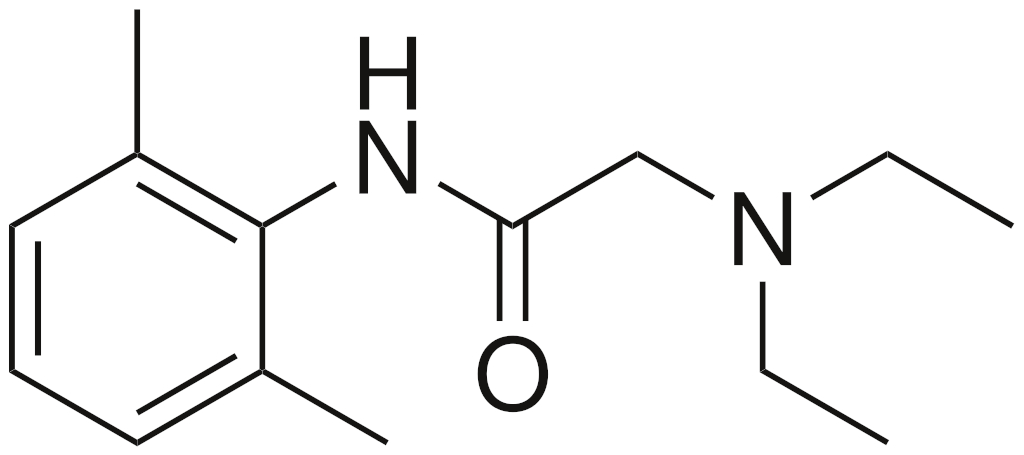
Lidocaine is used as a local anesthetic and antiarrhythmic. Lidocaine is also often used in resuscitation procedures.
